Normal Letter Recognition Worksheets for Ages 3-7
82 filtered results
-
From - To
Welcome to our Normal Letter Recognition Worksheets, designed specifically for children ages 3-7. These engaging and interactive worksheets aim to build foundational literacy skills by helping young learners identify and recognize letters of the alphabet. Our diverse activities stimulate curiosity and promote learning through fun exercises such as tracing, coloring, and matching. Each worksheet is thoughtfully crafted to cater to different learning styles and skill levels, providing an enjoyable way for kids to master their letters. Start your child's literacy journey today with our fantastic collection of normal letter recognition worksheets, designed to inspire and encourage a lifelong love for reading!
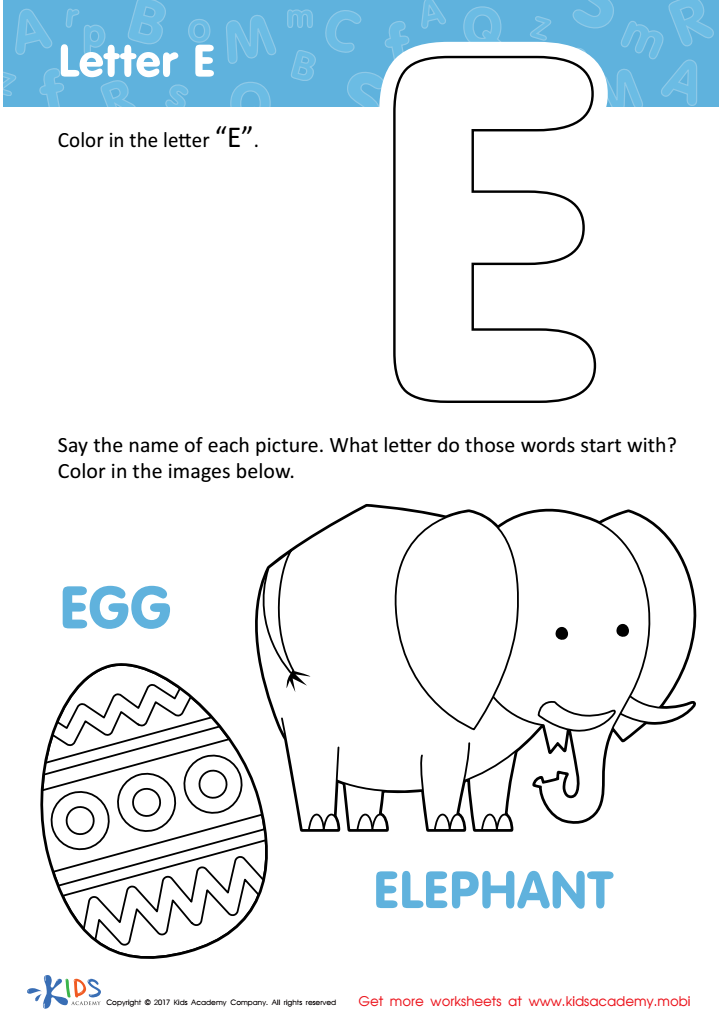

Letter E Coloring Sheet
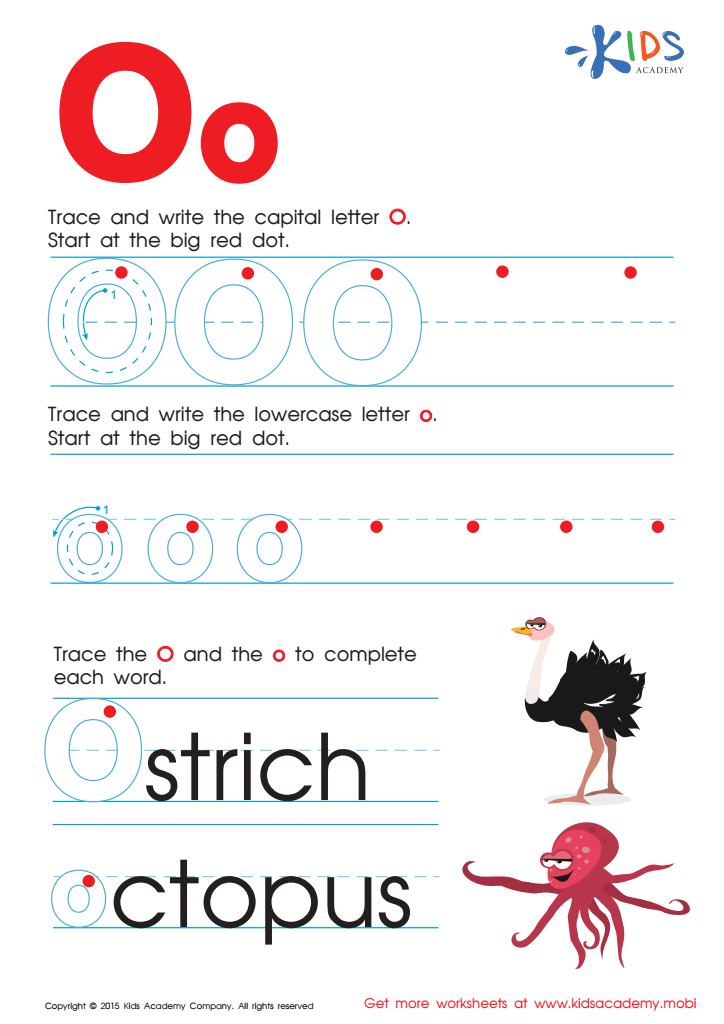

Letter O Tracing Page
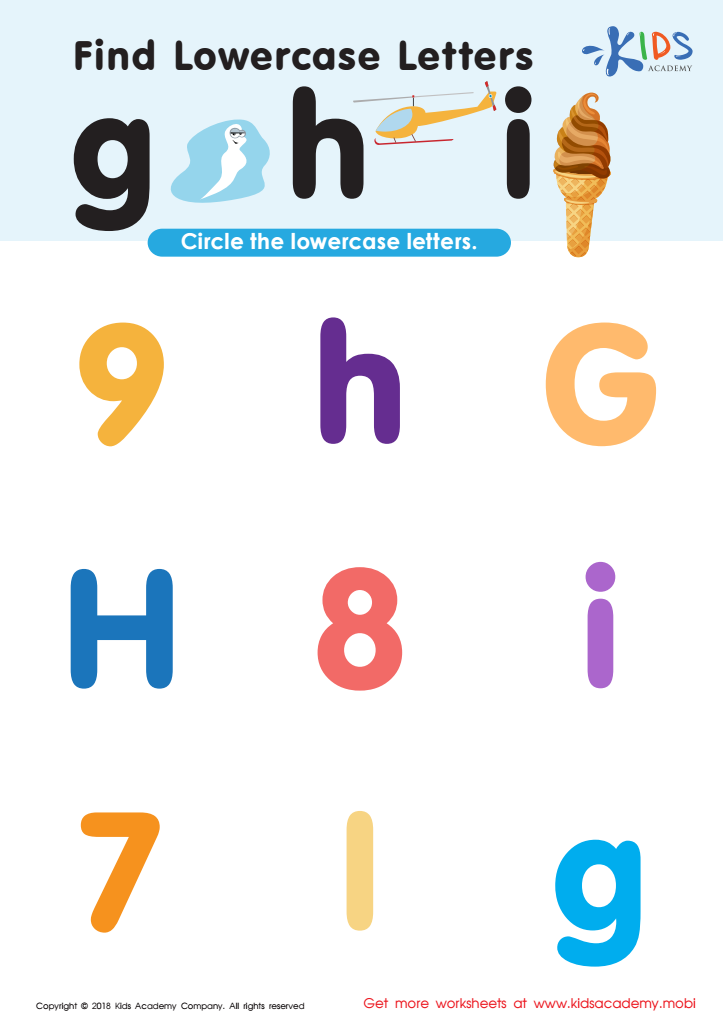

Find Lowercase Letters g h i Worksheet
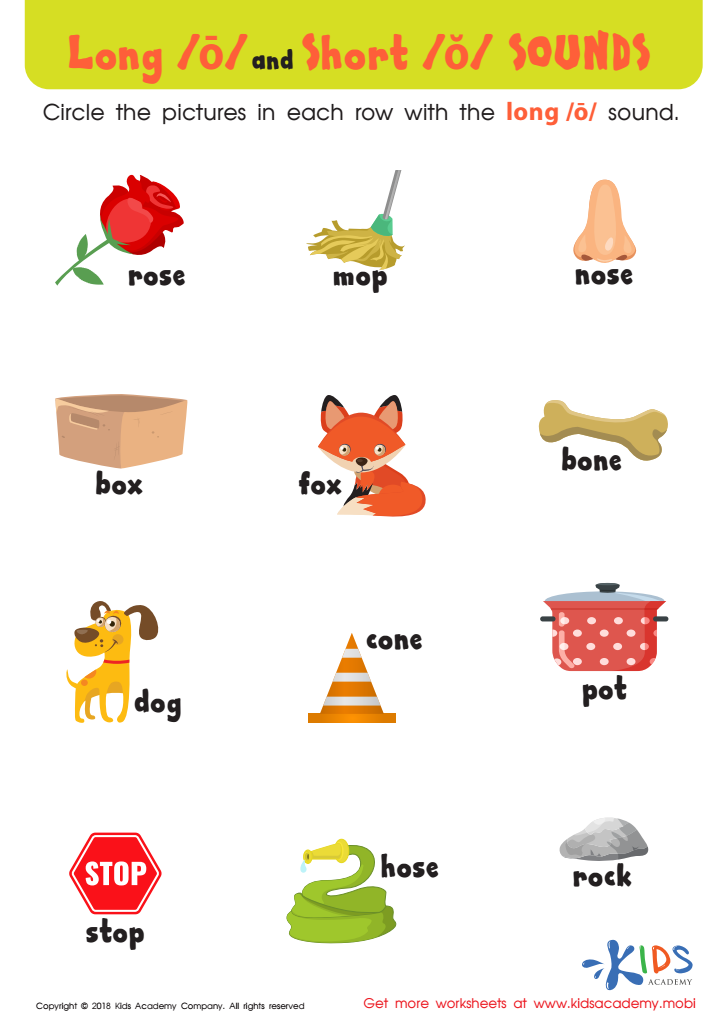

Reading: Long O and Short O Sounds Worksheet
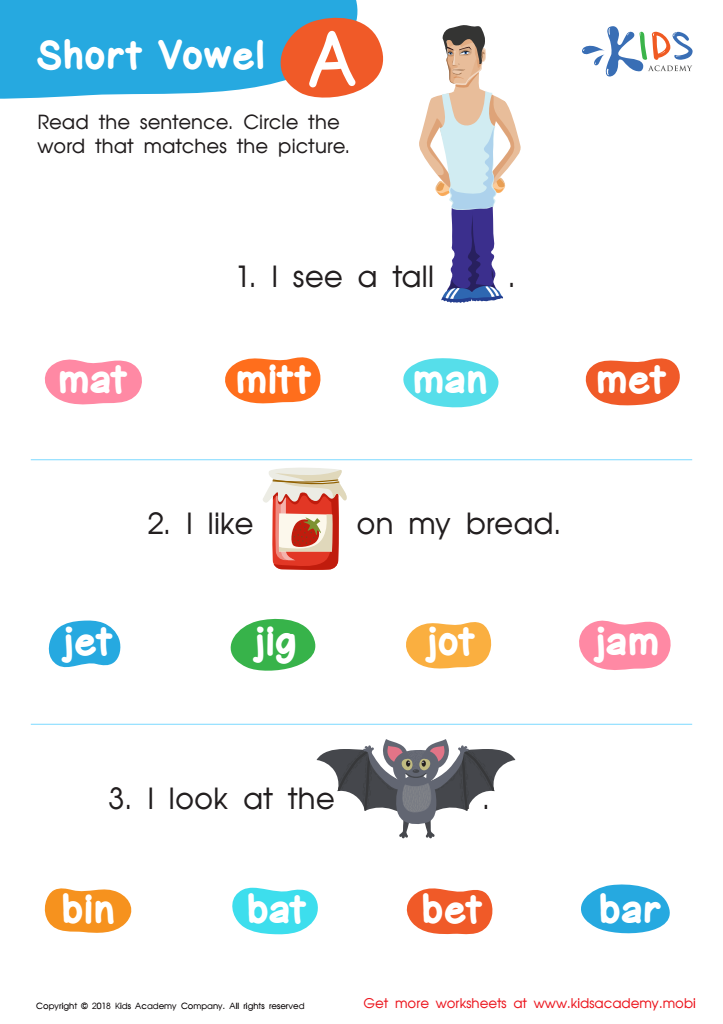

Short Vowel /a/ Worksheet


Letter P Tracing Page
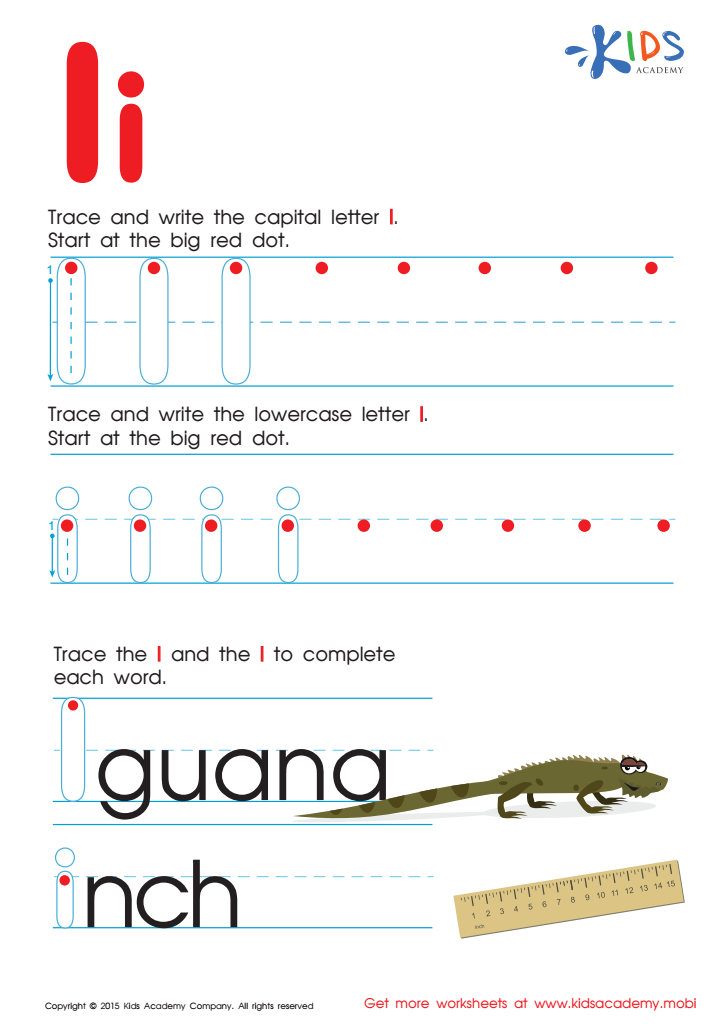

Letter I Tracing Page


Letter Q Tracing Page
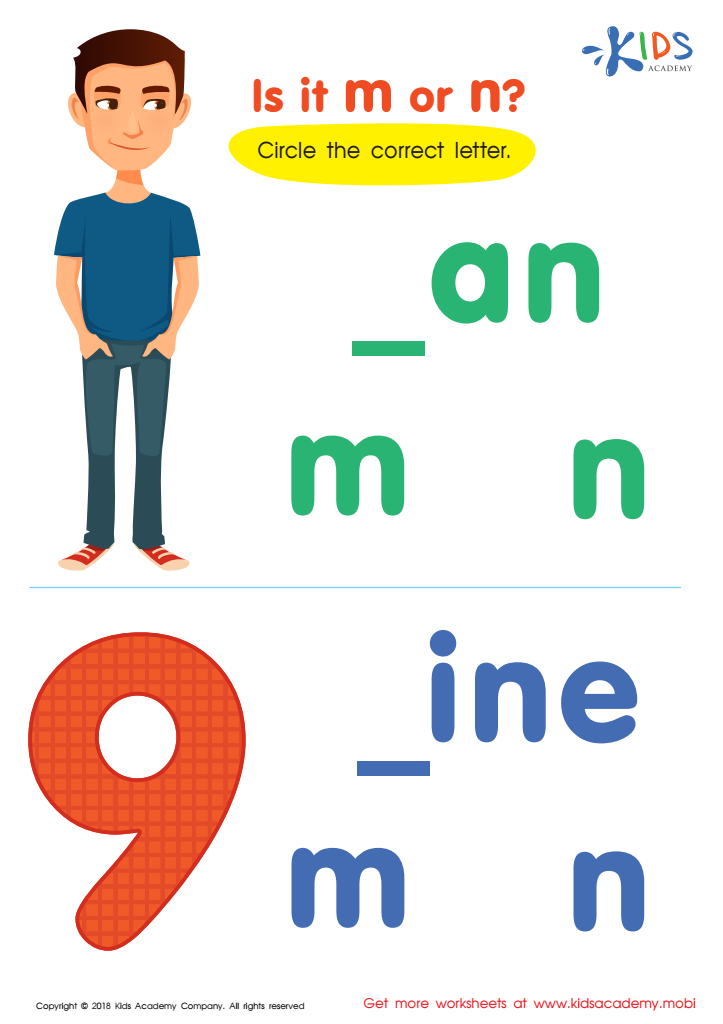

Is It m or n? Worksheet
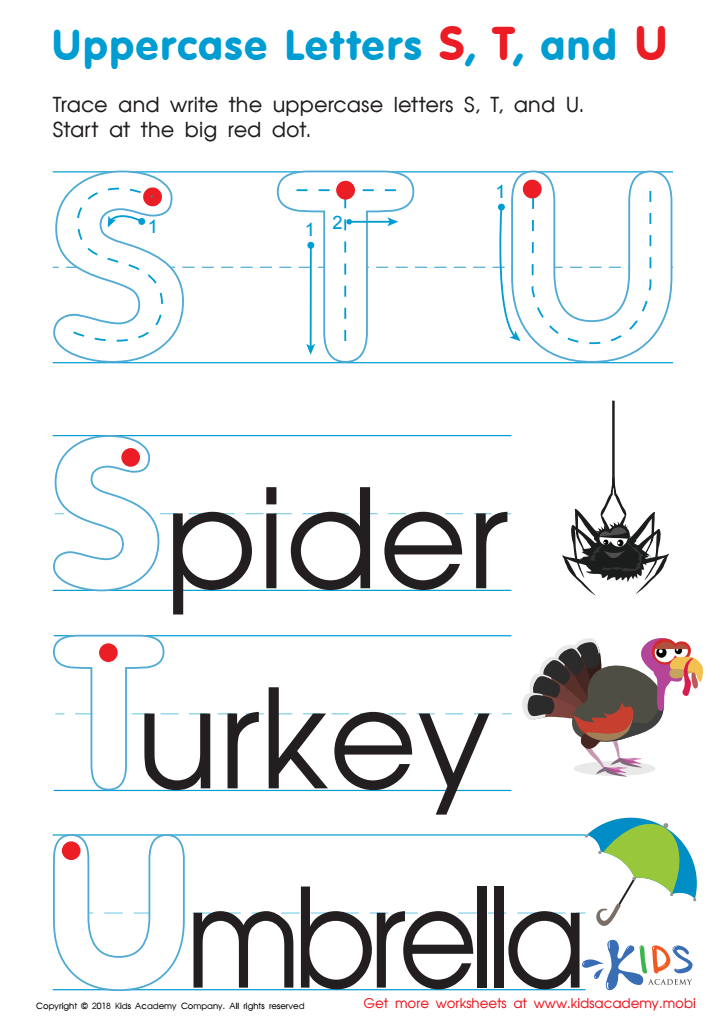

Uppercase Letters S, T, and U Worksheet
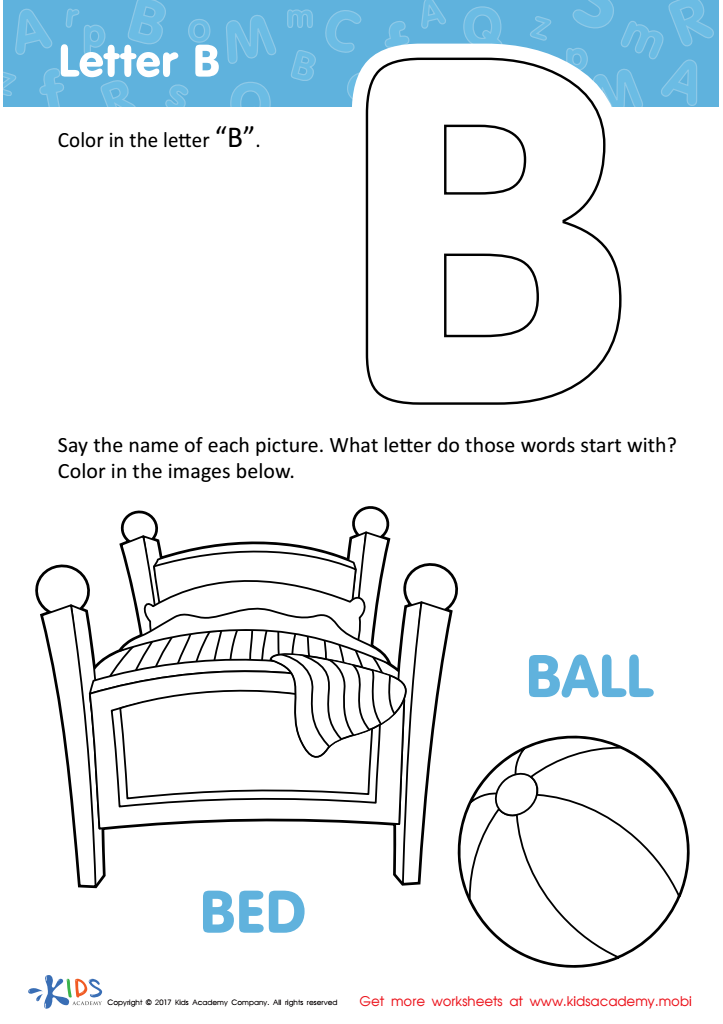

Letter B Coloring Sheet
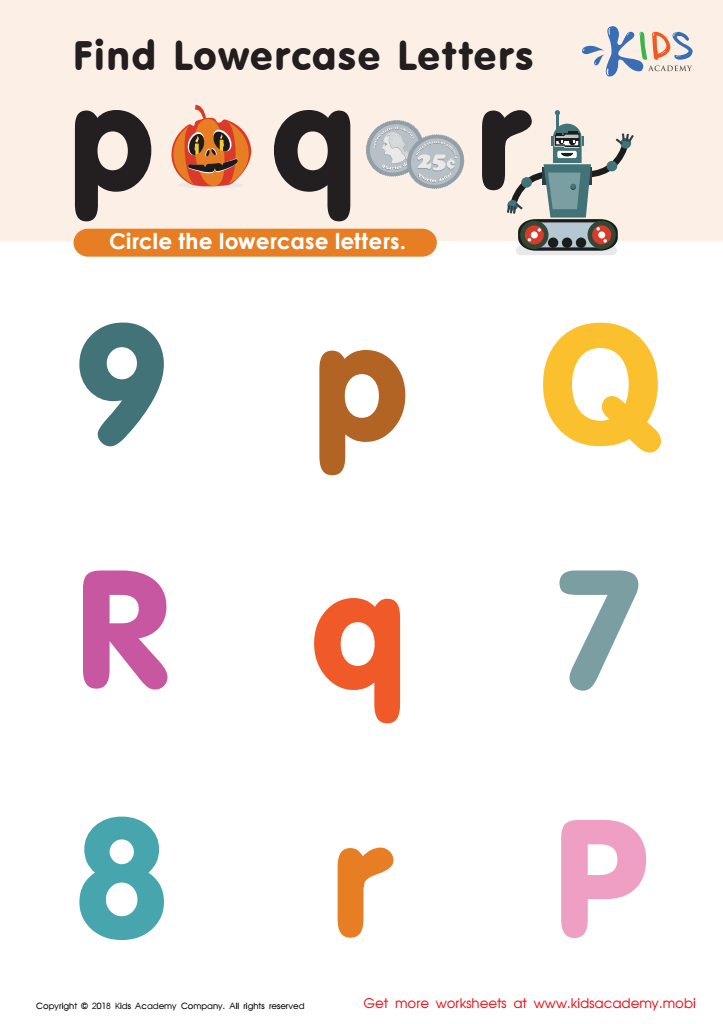

Find lowercase Letters p q r Worksheet
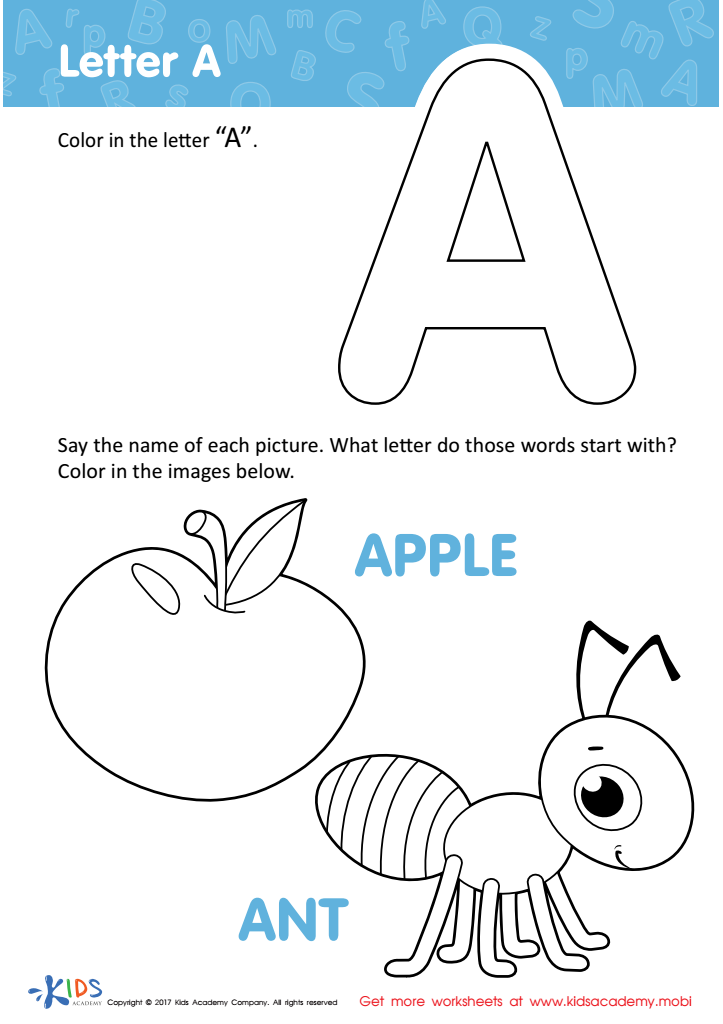

Letter A Coloring Sheet
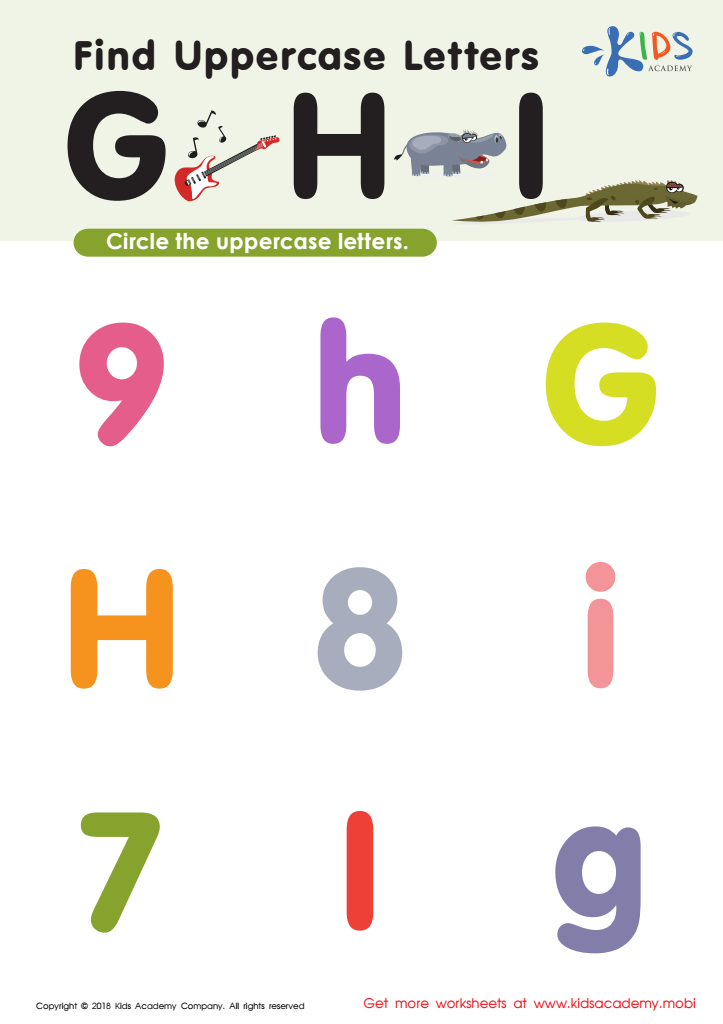

Find Uppercase Letters G, H, and I Worksheet
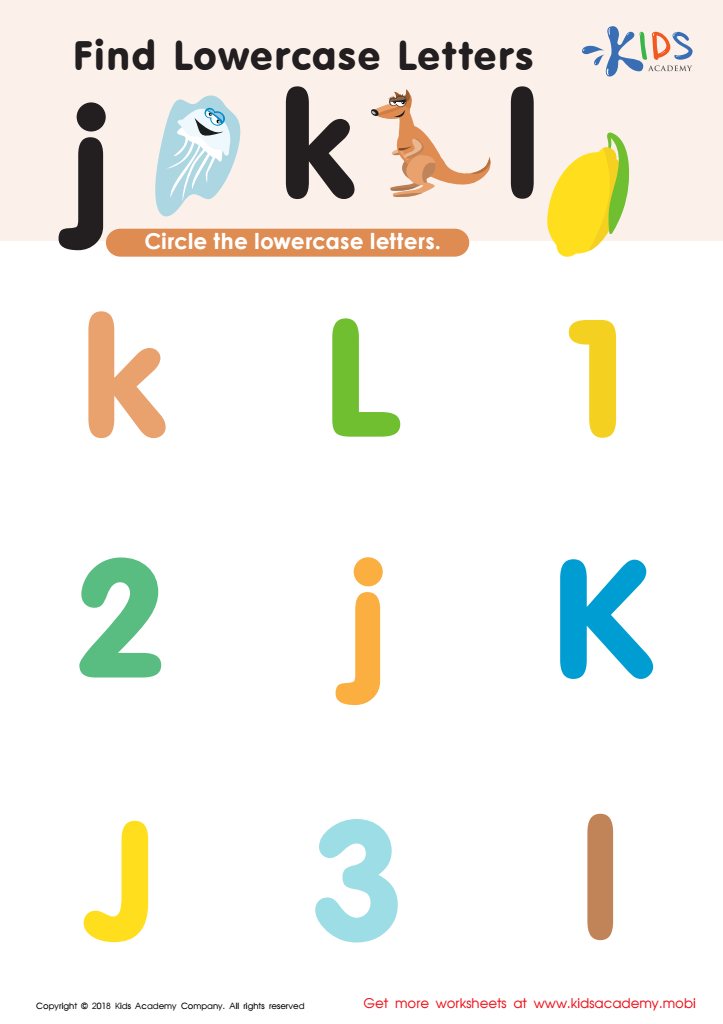

Find Lowercase Letters j k l Worksheet
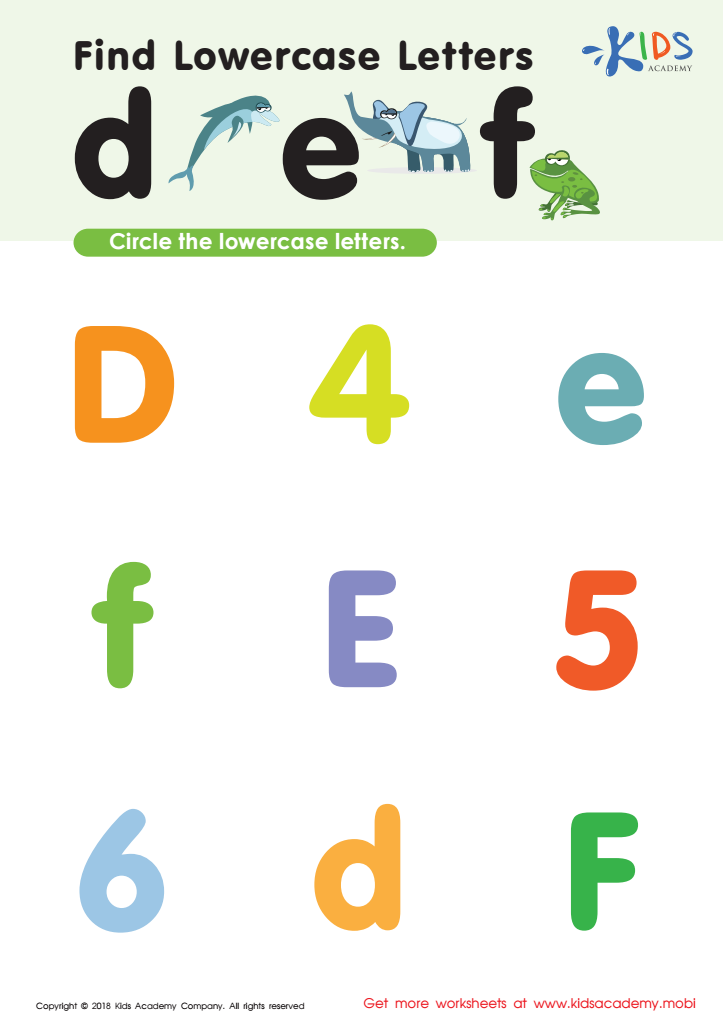

Find Lowercase Letters d e f Worksheet


Letter M Coloring Sheet


Letter H Tracing Page
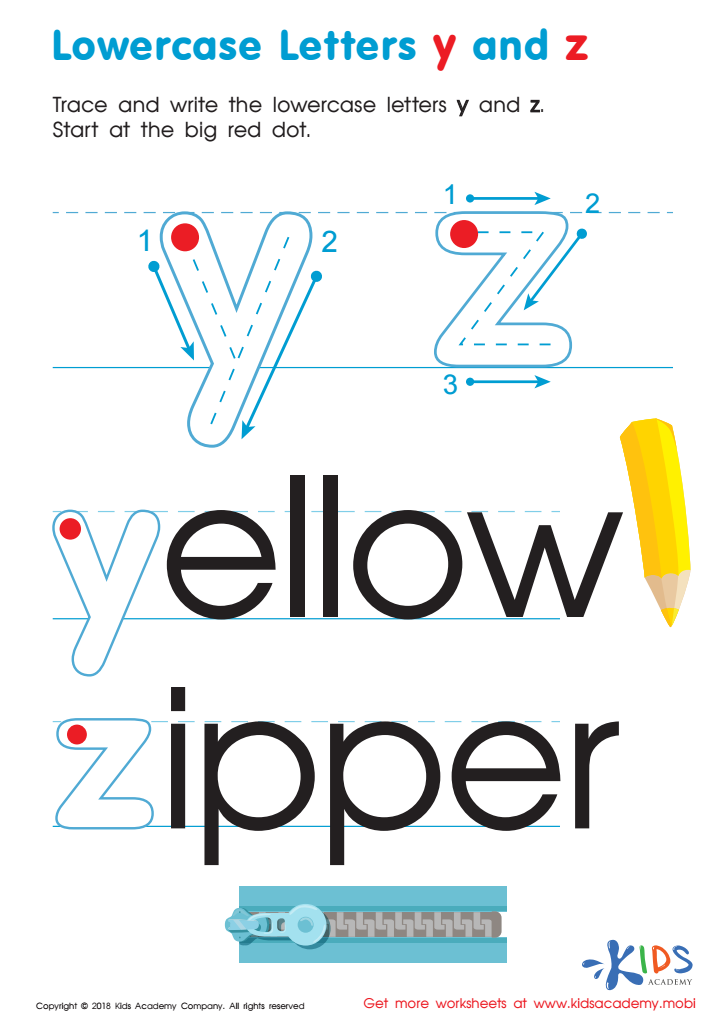

Lowercase Letters y z Worksheet


Short Vowels /e/, /i/, and /u/ Worksheet


Uppercase Letters Maze Worksheet
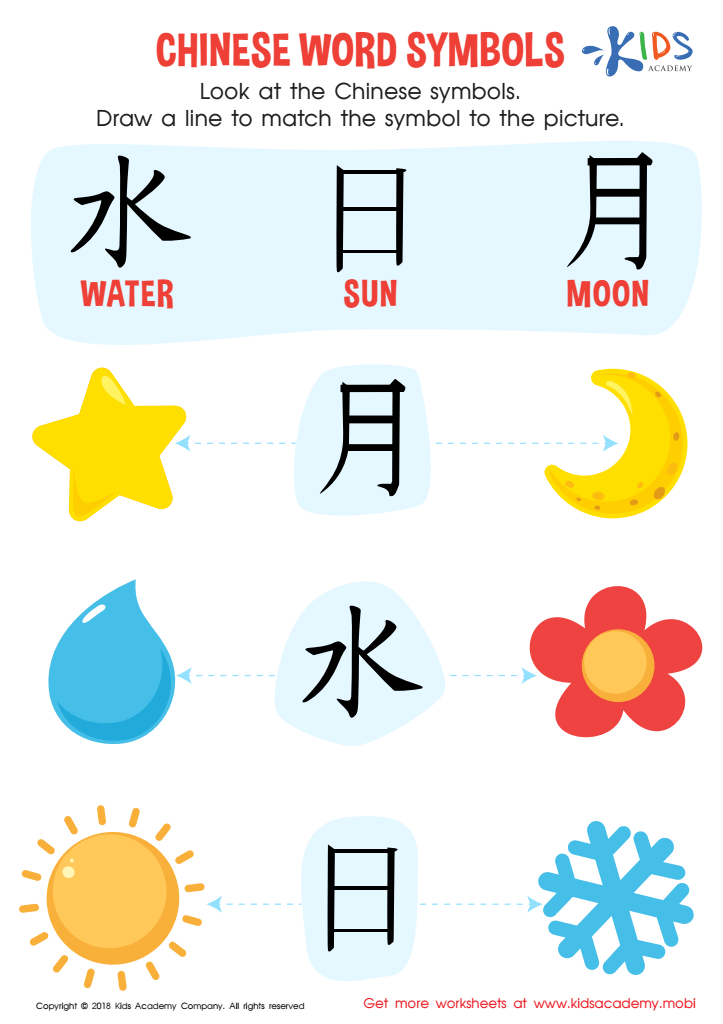

Chinese Word Symbols Worksheet
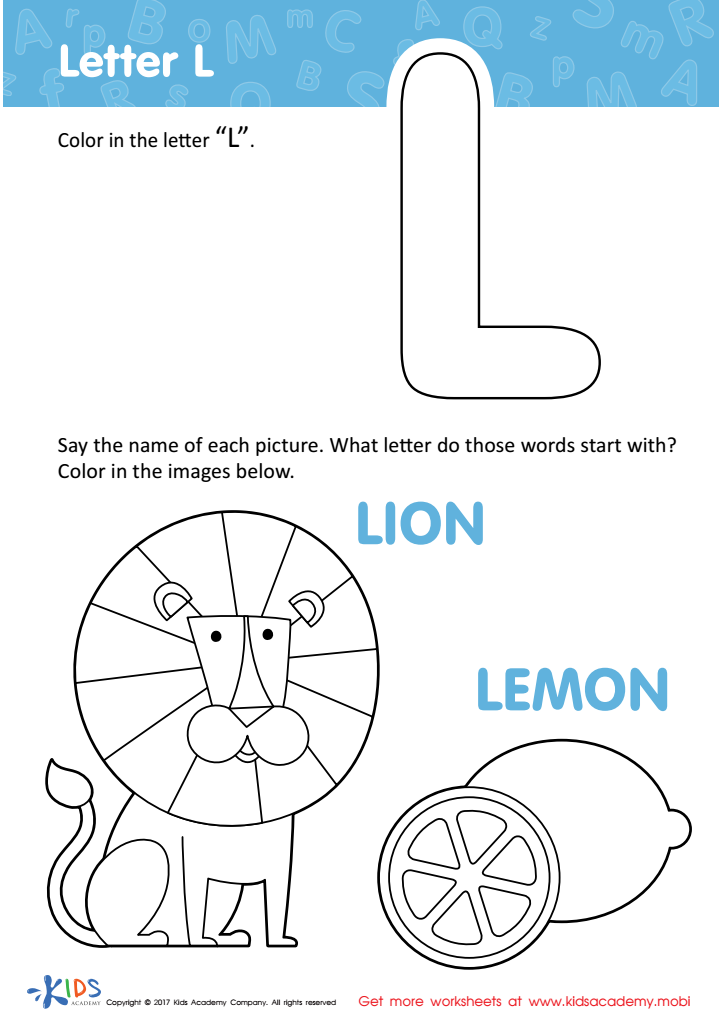

Letter L Coloring Sheet


Find Uppercase Letters Worksheet
Normal letter recognition is a foundational skill crucial for young children's literacy development and overall academic success. For children ages 3-7, the ability to recognize letters lays the groundwork for important language skills, including reading and writing. Recognizing letters helps children make connections between spoken and written language, enabling them to decode words and understand that letters represent sounds.
Parents and teachers should care about letter recognition because it influences a child's confidence and motivation as they begin to read. Early exposure to letters, through activities like singing the alphabet song, reading books, or playing letter-based games, can significantly enhance a child's familiarity with letters. This familiarity not only helps them in reading but also improves their writing skills as they learn to form letters and words.
Moreover, early letter recognition can foster a love for reading and promote greater literacy skills in the long run. Children who are proficient in letter recognition often experience positive outcomes in school, including improved test scores and greater engagement with learning. In essence, nurturing letter recognition during these formative years can create a solid foundation for a child’s success in academics and beyond, making it a pivotal focus for parents and educators.

 Assign to My Students
Assign to My Students
















